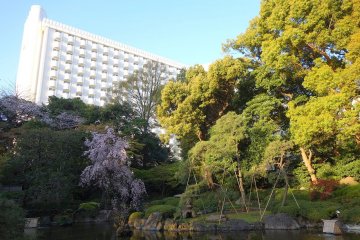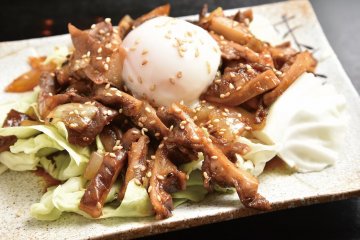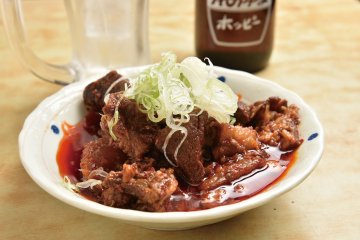Culture
teamLab Planets in Toyosu, Tokyo, is a body immersive museum where reality and fantasy blend into one work on art with you as the focal point. Visitors enter the museum barefoot in order to interact with the spaces—some filled with water—and merge your body with the spaces of lights, mirrors, and motion sensors.
Wander through vast artificially living artworks, such as the Infinite Crystal Universe, where pointillism meets light meets mirrors. Soft Black Hole allows visitors to walk over a changing and textured landscape where their every footstep sinks into the ground. It’s a sensory adventure for sight, sound, and touch.
Continue your journey by exploring a three-dimensional environment at Athletics Forest, where movement-based interaction with art sparks spatial awareness and innovative thinking.
Then, embrace creativity through collaboration at Learn! Future Park, a space where visitors unite to think BIG and co-create an ever-evolving, dynamic world.
To make the most out of your visit, you can also take advantage of the teamLab app, which you can download prior to entering. The app contains concept of each work of art as you experience them and syncs with some of the artwork spaces to allow you to control varying degrees of the work.
Tokyo
1.6km away




/139.7728729248,35.646764965016,9/397x132?access_token=pk.eyJ1IjoiamFwYW50cmF2ZWxtYXBzIiwiYSI6ImNqbXBtOXYxbDB5Z3ozbHFrazJuYWMwOGYifQ.v15fy_mcFWtgopmz8PhwqA)







